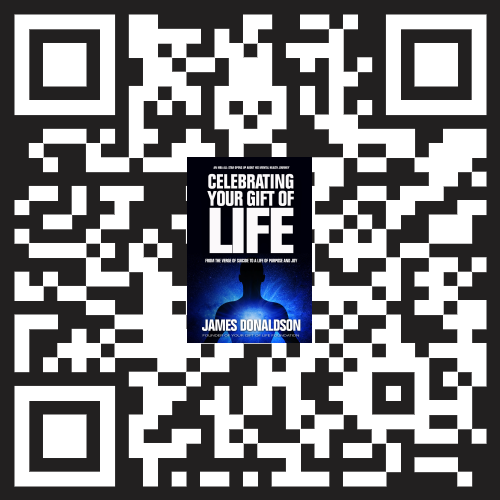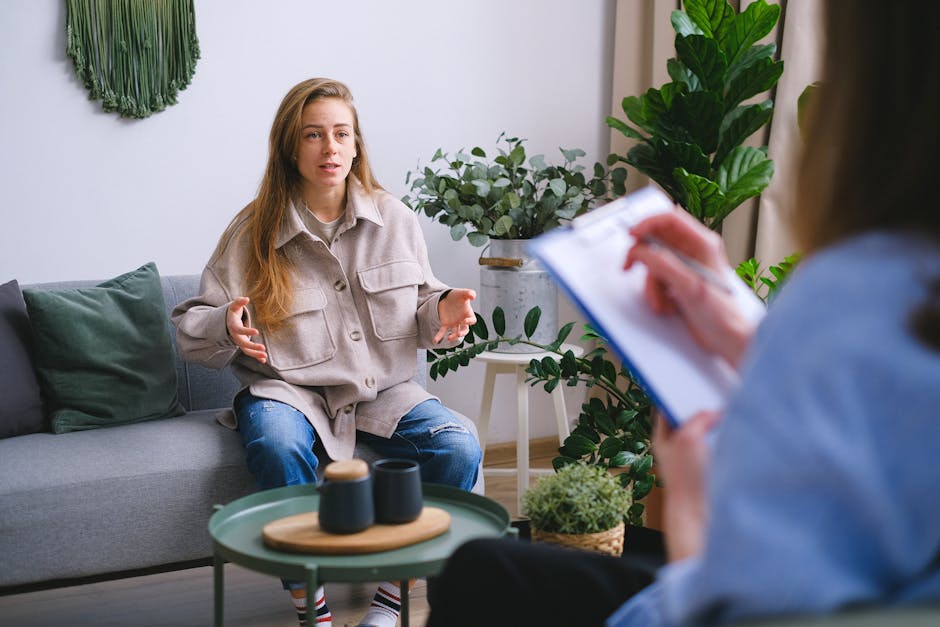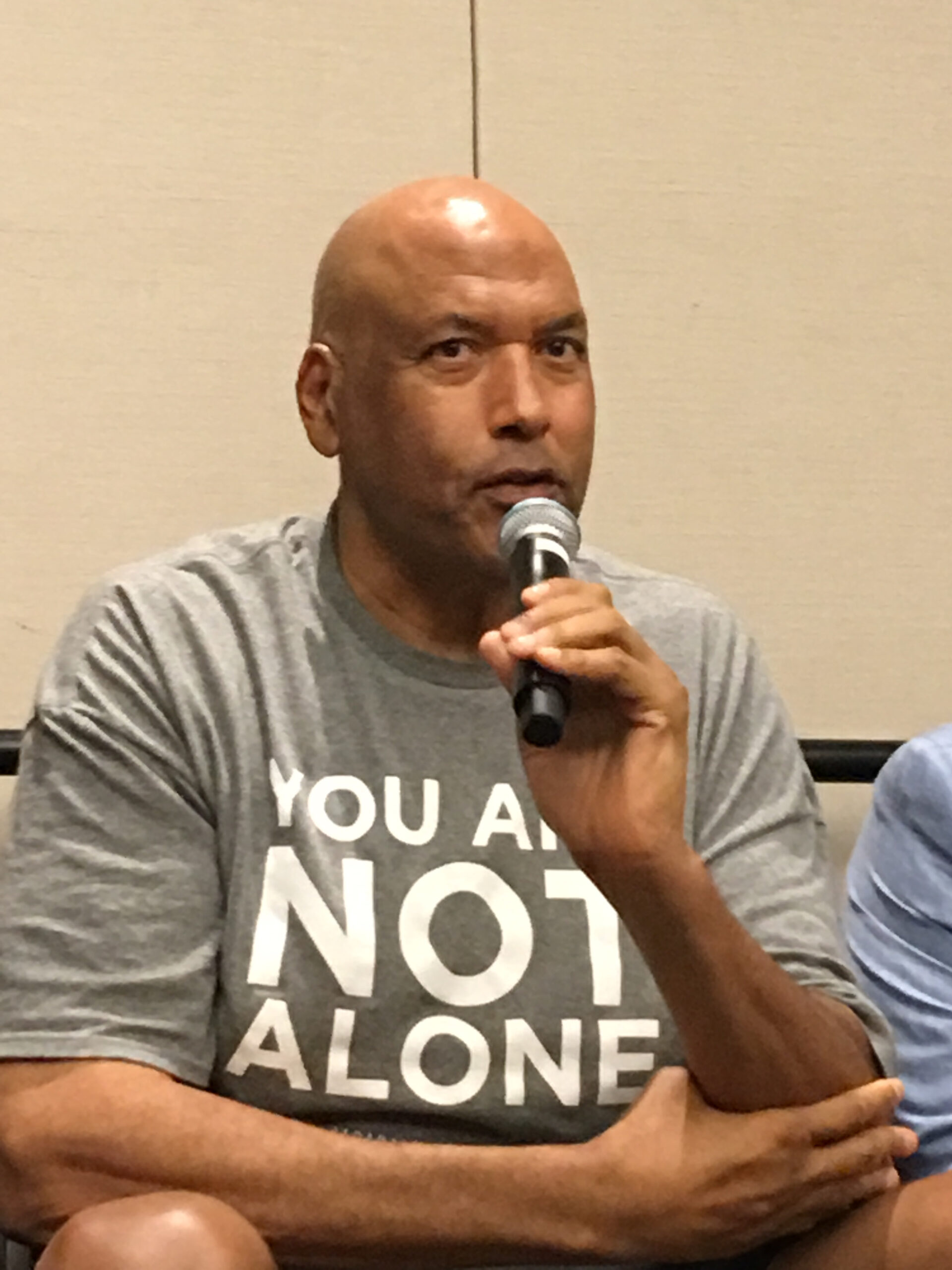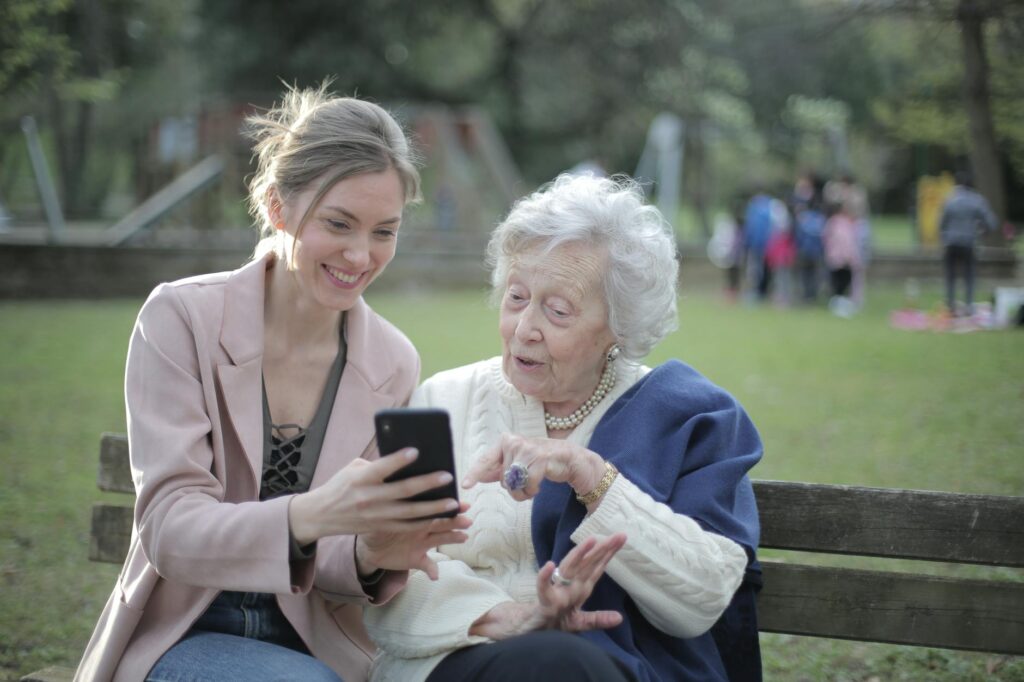

In today's fast-paced world, mental health is more important than ever. Creating a mental health-friendly community can make a significant difference in people's lives. Whether you're a community leader, a concerned citizen, or simply someone who wants to make a positive impact, there are tangible steps you can take. Let's explore how to build a supportive environment that prioritizes mental well-being.
Table of Contents
1. Understanding Mental Health
2. Fostering Open Communication ?
3. Educating the Community ?
4. Creating Support Networks ?
5. Promoting Mental Health Resources ??
6. Conclusion
7. FAQ
Understanding Mental Health
Before we dive into creating a supportive community, it's crucial to understand what mental health encompasses. Mental health involves our emotional, psychological, and social well-being. It affects how we think, feel, and act in our daily lives. Recognizing the importance of mental health is the first step towards fostering a community that supports it.
Fostering Open Communication
Open communication is the foundation of a mental health-friendly community. Encourage conversations about mental health by organizing community forums, support groups, or casual meet-ups. These gatherings provide a platform for individuals to share their experiences and support one another. Remember, it's okay to talk about mental health, and it's okay to ask for help.
#James Donaldson notes:
Welcome to the “next chapter” of my life… being a voice and an advocate for #mentalhealthawarenessandsuicideprevention, especially pertaining to our younger generation of students and student-athletes.
Getting men to speak up and reach out for help and assistance is one of my passions. Us men need to not suffer in silence or drown our sorrows in alcohol, hang out at bars and strip joints, or get involved with drug use.
Having gone through a recent bout of #depression and #suicidalthoughts myself, I realize now, that I can make a huge difference in the lives of so many by sharing my story, and by sharing various resources I come across as I work in this space. #http://bit.ly/JamesMentalHealthArticle
Find out more about the work I do on my 501c3 non-profit foundation
website www.yourgiftoflife.org Order your copy of James Donaldson's latest book,
#CelebratingYourGiftofLife: From The Verge of Suicide to a Life of Purpose and Joy

Click Here For More Information About James Donaldson

Educating the Community
Education is a powerful tool in breaking down stigma. Organize workshops and seminars that focus on mental health awareness. Invite mental health professionals to speak and provide insights into various conditions and coping mechanisms. The more people know, the more empathetic and supportive they can become.
Creating Support Networks
A strong support network can make a world of difference. Encourage the formation of peer support groups where individuals can connect with others who are going through similar experiences. This can foster a sense of belonging and understanding, reducing feelings of isolation.
Promoting Mental Health Resources
Ensure that your community is aware of the mental health resources available to them. Create a directory of local mental health services, hotlines, and online support platforms. Visibility and accessibility are key. Encourage local organizations and businesses to display information about mental health resources prominently.
Conclusion
Creating a mental health-friendly community is a collective effort that requires understanding, compassion, and action. By fostering open communication, educating the community, building support networks, and promoting resources, we can create environments where everyone feels supported and valued. Together, we can make a difference.
FAQ
Q1: What are some simple ways to start conversations about mental health in my community?
A1: Begin by hosting informal gatherings or coffee mornings where people can talk openly. Use social media to share mental health stories and encourage dialogue.
Q2: How can schools contribute to creating a mental health-friendly community?
A2: Schools can integrate mental health education into their curriculum, provide training for teachers on identifying mental health issues, and create safe spaces for students to express themselves.
Q3: What if someone in my community is resistant to discussing mental health?
A3: Approach the topic with empathy and patience. Sometimes, sharing personal stories or bringing in a respected community leader to speak can help open the dialogue.
Q4: Are there online resources that can help in building a mental health-friendly community?
A4: Yes, many online platforms provide resources, training materials, and support networks dedicated to mental health awareness and community building.
Q5: How can I get involved if I have no prior experience in mental health advocacy?
A5: Start by educating yourself through workshops, seminars, and online courses. Volunteer with local mental health organizations to gain experience and contribute to the cause.
Building a mental health-friendly community is an ongoing journey, but with commitment and collaboration, we can make a significant impact. Let's work together to create a supportive and understanding environment for all.
 https://standingabovethecrowd.com/how-to-create-a-mental-health-friendly-community-14/
https://standingabovethecrowd.com/how-to-create-a-mental-health-friendly-community-14/










